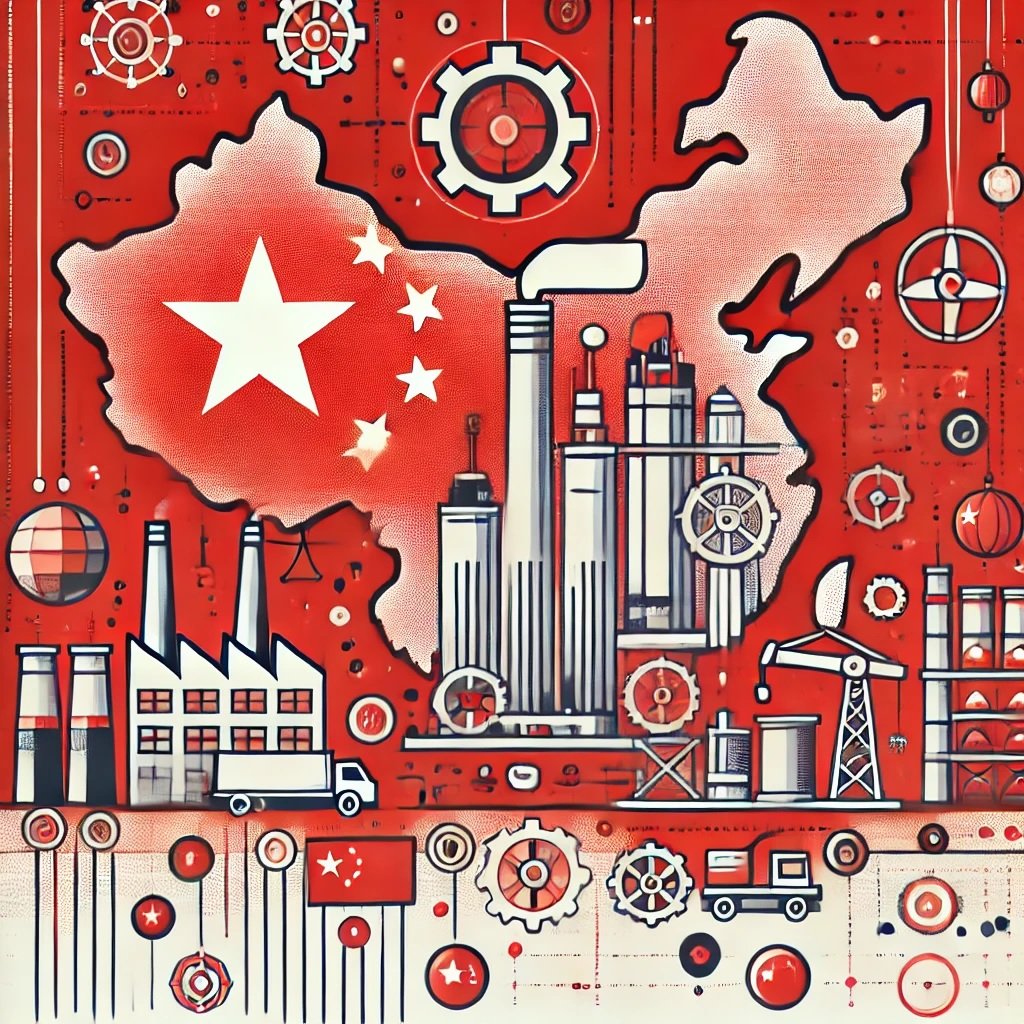China’s Economic Strategy – China’s rise as an industrial powerhouse is often credited to low production costs, expansive infrastructure, and an aggressive global trade policy. However, a less-discussed yet critical element of China’s economic strategy involves systematically suppressing domestic consumption by limiting the purchasing power of its growing middle class.

Artificially Suppressing the Middle Class
China has consciously kept wages and disposable income below potential market levels for decades, steering a significant portion of the wealth generated by rapid industrialization into state-owned enterprises and export-oriented businesses rather than allowing greater consumer spending power among its citizens.
This strategy restricts the middle class from achieving their fair economic share, effectively forcing the surplus of goods produced domestically into the international market. As domestic demand remains limited, Chinese products flood global markets at highly competitive prices, dominating sectors from electronics to textiles.
Creating Artificial Global Demand
By limiting the disposable income and purchasing power of its own population, China intentionally curtails domestic consumption. This creates a continuous surplus of goods, compelling Chinese manufacturers to aggressively seek international buyers. Consequently, this artificial surplus drives global demand towards Chinese products due to their comparatively lower prices.
This approach has significant implications:
- International markets become heavily dependent on Chinese imports.
- Domestic Chinese consumption remains disproportionately low relative to its economic output.
The Industrial Powerhouse and Geopolitical Consequences
China’s strategy has established it as a dominant global industrial base. This dominance is not merely economic but strategic—particularly relevant in a geopolitical context where industrial capability is crucial in times of conflict.
The United States, historically the world’s industrial leader, has recognized China’s strategic positioning. Recent shifts in U.S. policy reflect increased concerns about China’s industrial dominance and the strategic vulnerabilities posed by reliance on Chinese manufacturing.
Industrial Base and War-time Resilience
Historically, during periods of conflict, industrial capacity determines a nation’s ability to sustain prolonged engagements. China’s expansive industrial infrastructure places it at a considerable advantage should geopolitical tensions escalate into conflict.
By comparison, Western nations, particularly the United States, have experienced a hollowing out of their domestic manufacturing sectors. This realization has prompted renewed efforts to re-shore critical manufacturing capabilities and reduce reliance on Chinese imports.
The American Response
Recognizing these vulnerabilities, the United States has begun actively addressing its industrial shortfalls:
- Encouraging companies to relocate production back to U.S. soil.
- Investing heavily in strategic sectors such as semiconductors and renewable energy technology.
- Forming international alliances aimed at diversifying global supply chains away from Chinese dominance.
Conclusion
China’s calculated economic strategy, which artificially suppresses its middle class to generate international demand, is a core factor behind its emergence as an industrial giant. While effective economically, this strategy has sparked significant geopolitical ramifications, with the United States and other nations increasingly aware of the strategic risks posed by China’s industrial dominance.
Ultimately, China’s approach underscores a critical lesson: economic policy and national security are deeply interconnected, and a robust industrial base remains vital for national resilience, especially in uncertain geopolitical climates.